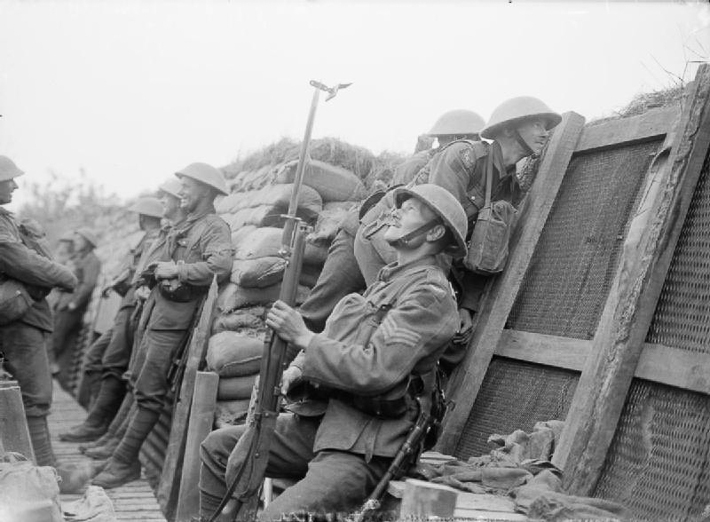By Kristen Mitchell
A Columbian College of Arts and Sciences professor used computational modeling to prove that human conflicts throughout history have a hidden pattern—a breakthrough that came to him while watching his son play video games.
This research shows there is a unified mathematical pattern in human conflict, said Neil Johnson, co-author of a new paper in the Journal of Computational Science. Humans engage in conflict in a way that is generally universal both within and across wars — and this common pattern can be used to predict casualties and plan strategies.
This research builds on the work of Lewis Fry Richardson, a 20th-century scholar and pacifist who served as a stretcher bearer in World War I. He later compiled data on the distribution of conflict sizes, measured by the total number of casualties. He discovered that across wars, these values were proportionally related— a concept called a power law. The findings, however, were largely ignored by the academic community, Dr. Johnson said.
In 2009, Dr. Johnson and his colleagues published a paper following Mr. Richardson’s process but looking at individual clashes within conflicts. They discovered a power law within these conflicts as well and across terrorist attacks. But the power law had a different numerical value from Richardson’s across wars, and they didn’t know why.
It wasn’t until he watched his son play multiplayer video games with friends that Dr. Johnson considered how these two power-law patterns could be related. The numbers for the real-time casualties for clashes during missions, and the aggregate score for entire missions, appeared to be changing in different but related ways.
“I asked him to plot out and analyze the numbers for me,” Dr. Johnson said. “That gave me the first inclination that you can get a pattern on the scale of individual events inside a mission, and you get a different pattern overall from entire missions. I thought to myself, those numbers are connected in the game, so maybe they’re connected in the real system.”
Dr. Johnson was then able to show that the two numbers are connected using computational simulation. Dr. Johnson credits his 17-year-old son D. Dylan Johnson Restrepo for the breakthrough. He is listed as the first author on the paper.
This research has changed the way Dr. Johnson thinks about conflict and should be a “game changer” for social scientists, he said.
“We traditionally have these different ways of looking at conflict. There are complete wars throughout history, and then there’s what happens within wars,” he said. “People write separate books on those, but it should be just one book. They’re completely the same thing, and no one noticed that.”
Data scientists also need to rethink how they are bundling data more generally, he said. The way information is grouped and conceptualized is a barrier to seeing the bigger picture.
Dr. Johnson is affiliated with the GW Institute for Data, Democracy, and Politics, which fights the rise of distorted and misleading information online, working to educate national policymakers and journalists on strategies to grapple with the threat to democracy posed by digital propaganda and deception.





